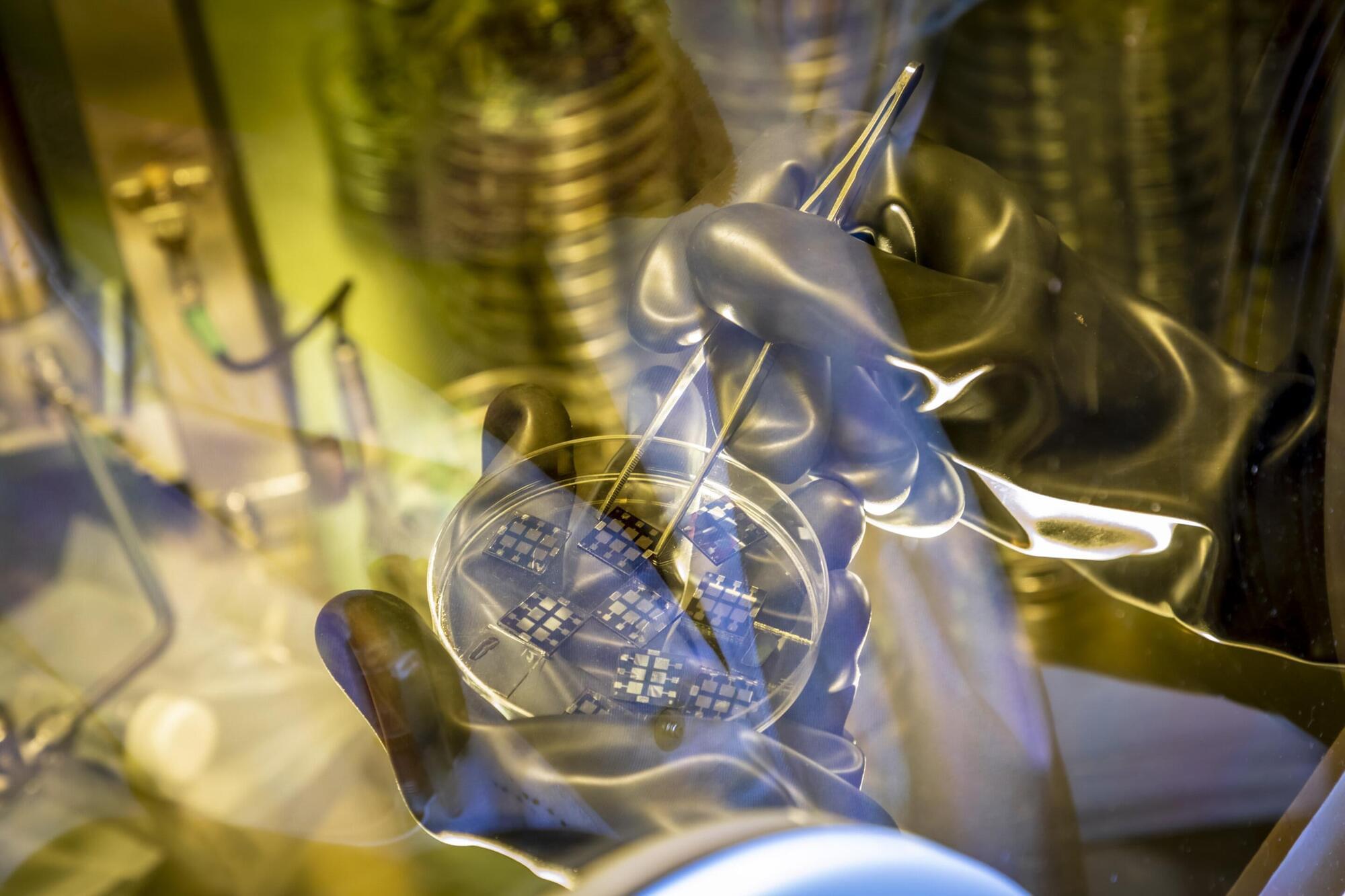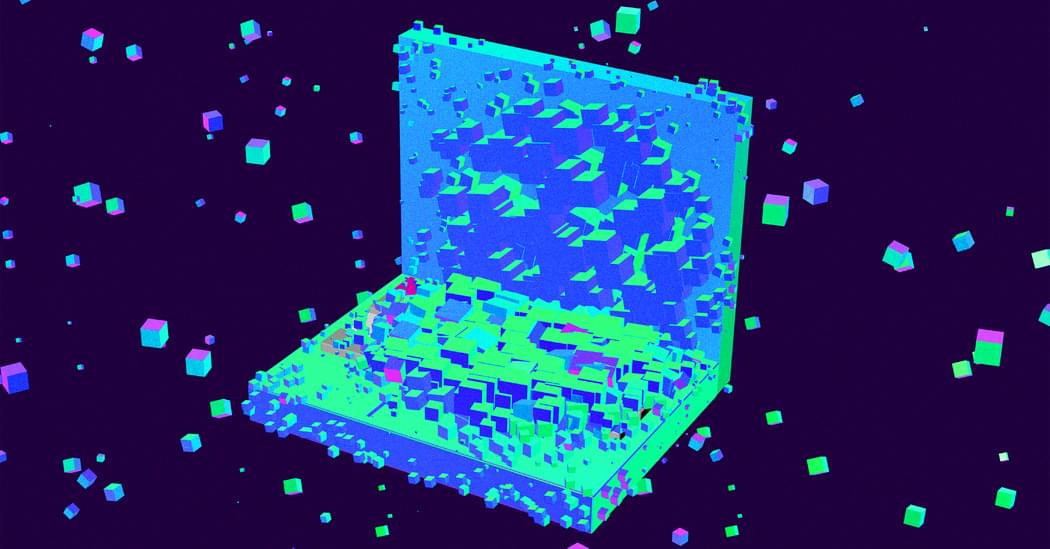The search giant should’ve been first to the chatbot revolution. It wasn’t. So it punched back with late nights, layoffs—and lowering some guardrails.



Interstellar objects are among the last unexplored classes of solar system objects, holding tantalizing information about primitive materials from exoplanetary star systems. They pass through our solar system only once in their lifetime at speeds of tens of kilometers per second, making them elusive.
Hiroyasu Tsukamoto, a faculty member in the Department of Aerospace Engineering in the Grainger College of Engineering, University of Illinois Urbana-Champaign, has developed Neural-Rendezvous—a deep-learning-driven guidance and control framework to autonomously encounter these extremely fast-moving objects.
The research is published in the Journal of Guidance, Control, and Dynamics and on the arXiv preprint server.

Complex materials such as organic semiconductors or the microporous metal-organic frameworks known as MOFs are already being used for numerous applications such as OLED displays, solar cells, gas storage and water extraction. Nevertheless, they still harbor a few secrets. One of these has so far been a detailed understanding of how they transport thermal energy.
Egbert Zojer’s research team at the Institute of Solid State Physics at Graz University of Technology (TU Graz), in collaboration with colleagues from TU Vienna and the University of Cambridge, has now cracked this secret using the example of organic semiconductors, opening up new perspectives for the development of innovative materials with customized thermal properties.
The team has published its findings in npj Computational Materials.





Structural adhesives play a crucial role in assembling automobiles, aircraft, and buildings. Among these, epoxy adhesives stand out for their exceptional mechanical strength and durability. However, traditional cured epoxy resins are often rigid and lack flexibility, resulting in low peel and impact strength.
Now, a groundbreaking advancement in structural adhesives has emerged from the laboratories of Nagoya University, promising to transform material bonding as we know it. This next-generation adhesive boasts an unprecedented impact strength – 22 times higher than conventional epoxy-based adhesives without rubbery additives.
New adhesive using elastomer makes lighter, more carbon-efficient vehicles possible.


AI gives a thumbs up to Brett Bellmore innovative modifications to Robert Zubrin’s Nuclear Salt Water Rocket (NSWR). Switching from water to polyethene and storing in sausage strings could enhance its performance and safety, particularly focusing on avoiding criticality during storage, minimizing parasitic mass, and addressing practical challenges like micrometeorite protection and fuel state.
Robert Zubrin’s Nuclear Salt Water Rocket (NSWR) design is a rocket that uses known physics and engineering. My previous analysis shows that the first working prototype might be made in space with a 10–20 year development program for 10–30 billion. There are versions that could reach 7–8% of light speed. The use of low grade uranium enrichment for a more near term version is the one that is often described. However, if weapons grade uranium (90% enrichment) is used then he exhaust would be at 1.575% of the speed of light. A 30,000 ton ice asteroid and 7,500 tons of uranium could propel a 300 ton payload including a crew to 7.62% of light speed.
One of key parts of the engineering is to use water to protect the nozzle from the intense heat of the system. A combination of the coatings and space between the pipes would prevent the solution from reaching critical mass until it was pumped into a reaction chamber. It would reach critical mass and it being expelled through a nozzle to generate thrust. The nozzle would be protected by running water.